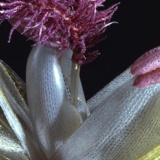Notice of Upcoming Content and Access Change
The Museum is working on the future of our online collections access. A new version will be available later in 2023. During this transition period, the current version of the Collections Browser may have reduced functionality and data may be not be updated. We apologize for any inconvenience this may cause. For any questions or concerns, please contact us.

















